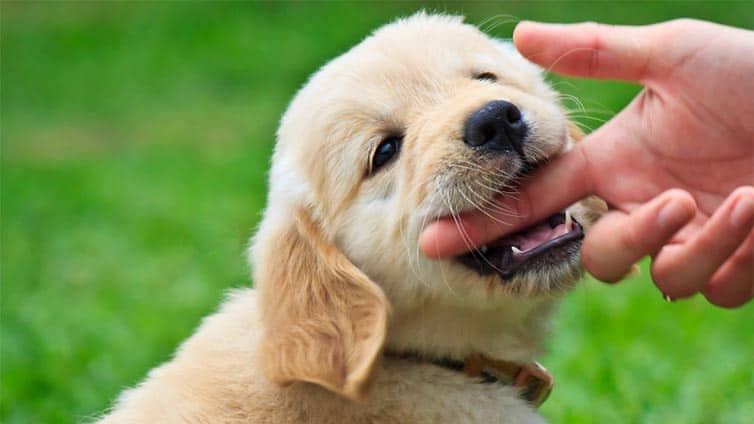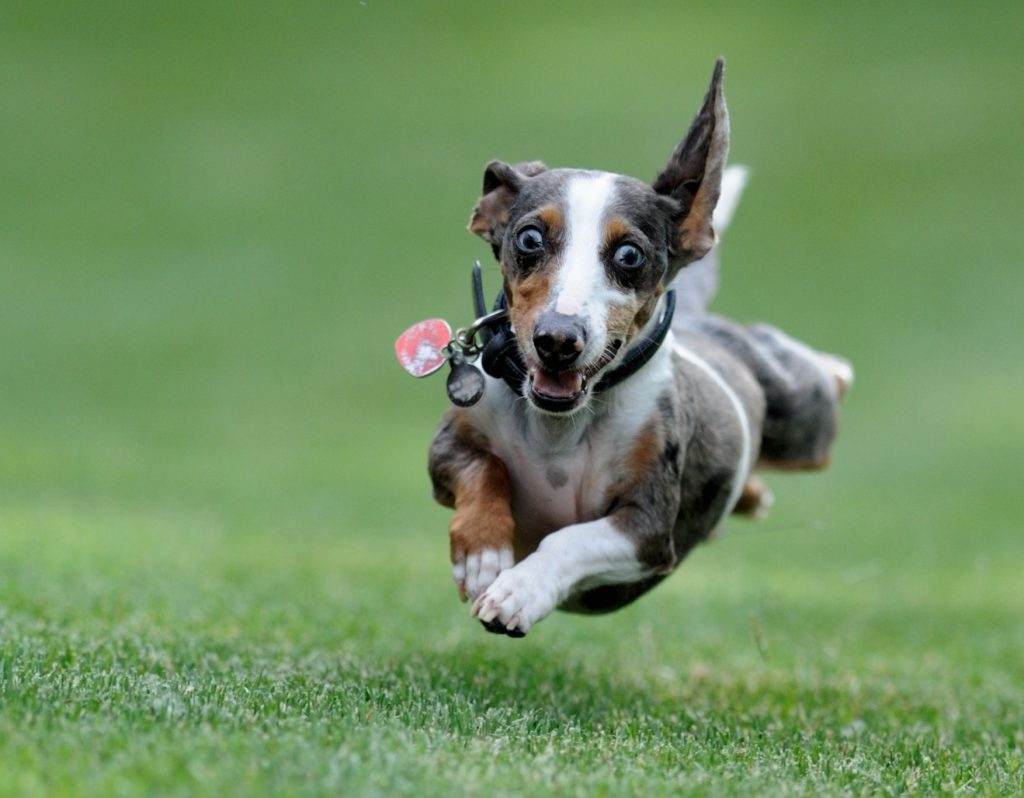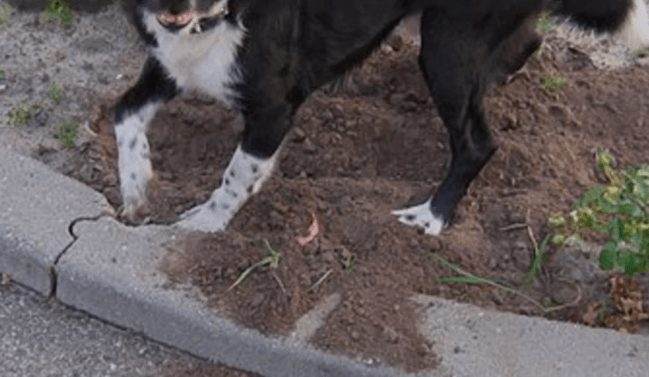The use of reward-based training when calling out the puppy’s name is an effective technique. The next step is to call out the puppy’s name while distracted by noises outdoors. Once he has learned to respond to his name indoors and outdoors, you will see that it is so easy to manage the puppy in many bad behavior situations.
Teaching your dog its name is one of the most significant things you should do when you acquire a new puppy. It’s the basis of all other dog training as well as forming the foundation of its relationship with you.
Utilizing a puppy’s name positively and consistently helps your canine friend to understand and know when you want it, and when you expect it to do something.
Spending quality time to teach your puppy its name, and having everyone in your family only use it in a certain way can be a pretty useful and important tool if you decide to make it that way.
You can teach your small puppy its name and utilize it in such a way that any other future training will be more effective and easier, and its name will also become a beneficial tool for its safety.
If you have just purchased a new puppy and you are considering giving or changing its name, read on to know how you can successfully do it, and how you can use its name to prevent imminent disasters around the home and when walking your pooch, as well.
How to Use Your Puppy’s Name
To make good use of your puppy’s name, you should use it in a way that will tell your dog that “I am talking to you and I would like you to listen and also pay attention.” The name should mean this and not anything else.
When you call your puppy’s name, it should be a signal for it to stop what it is doing, turn toward you, and also acknowledge you. Once you call its name, your puppy should give you its undivided attention and then wait for further instructions.
You should condition your puppy so that the sound of its name causes it to pay attention to you and spark excitement and joy within it as a natural response. Remember that it’s pretty hard to command a pooch that does not even acknowledge you whenever you call it.
Why It Helps to Teach the Name to Puppies
When you adopt a new puppy, one of the first things you should do is to give it a name. But once you have decided what to call your canine new friend, it is just as crucial to start immediately teaching the dog its name. Some of the benefits of teaching your puppy its name include:
- You can use the name to get attention. Your puppy will run and not walk to you whenever it hears its name.
- You can utilize the name to distract and interrupt it from any behavior that you want it to stop, such as chewing inappropriate items and barking. Remember to use a light tone; you don’t want your dog to associate its name with scolding.
- If your puppy knows its name and has a pretty good recall, you can call it away from a possibly dangerous situation.
- You can use its name and any positive associations it has with it to help your puppy become more comfortable even in scary circumstances.
- For example, you can say its name and subsequently have it focus on you when walking by something that makes it anxious or fearful. If it’s distracted and relaxed until you go past the scary situation, it will realize that it was not as terrifying as in the past.
- When your dog knows its name, you can get it to focus its full attention on you instead of its surroundings.
- Once your dog learns to respond immediately and positively to its name, teaching it other basic commands like stay, lie down, or sit, will be pretty easier. For the list of 15 dog training commands along with step by step easy instructions, do read my article on easy dog training. This is something that I also struggled with and helps me when I reference that article every now and then.
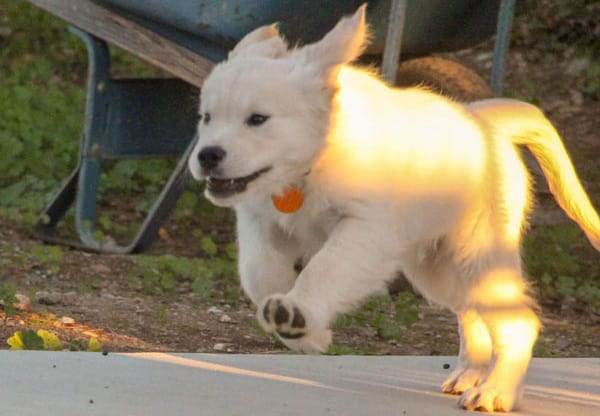
How to Train a Puppy to Come to His Name
Your little pooch will learn their name naturally with only a little effort from you if you use it more often. But for the reasons we have discussed above, it’s of considerable benefit to both you and the puppy that you go about it in a well-structured way and with some clear objectives in mind.
Here is a step by step process you can use to teach your dog its name and also have it reliably pay attention to you in any situation.
1. Get your puppy’s attention
Always start the training process when it is just you and your fur friend, without any distractions and a collection of tasty treats to utilize as a reward. Do not start the process if your puppy is over-excited, tired, and pretty distracted by anything and begin only when you have your puppy’s undivided attention.
Say the name of your puppy only once using a pleasant and warm voice to get its full attention. If you do not get its attention, maybe it doesn’t know its name yet. You can try again after a short pause, but you can make some noise or a sharp clap to assist in getting the attention of the puppy.
2. Instantly mark and reward your puppy
Once your dog looks at you and gives you its attention, mark the behavior immediately with a click if you are using a clicker, or a praise word such as YES!, GOOD. Then give your pooch a treat and a lot of praise. In general, the praise and tasty treats are what encourages the puppy to give you attention whenever you call its name.
3. Lose your dog’s attention, and then try calling it again
At this point, you can allow your dog to divert its attention away from you and then call their name once again. Once they look at you and give you all their attention, ensure that you mark it once more and offer praise and treats.
4. Repeat steps 1 to 3 again
Repeat the above steps for around eight to ten times within a few minutes. If you repeat more times than this and your dog might get bored with the exercise, and this training might lose its effectiveness in the process.
You should repeat the above steps after a couple of hours every day for several days. By doing this, your puppy will learn its name soon. Don’t forget to use praises and treats to encourage your dog.
5. Keep changing the training places
Keep changing the locations where you teach your dog its name. Since it is still in your early days of training, only do it when you are alone with your pooch and distractions are not many because you need to set your dog up to win. You can practice in your back yard and different rooms in your home for now.
Repeat all the above steps all-around your back yard and home until you can reliably get the attention of your puppy.
6. Extend the time you need for your puppy’s attention before giving treats
At this point, you should try increasing the duration your dog gives you attention before you give a reward. Always start by calling the name of your puppy and once it turns to look to you, immediately mark but wait for two seconds before offering the reward, so it has to hold its attention on you for longer.
Do a couple of sessions at two seconds, then three seconds and keep increasing the time until you can eventually get your dog to pay attention to you for five seconds at least before giving the tasty treats. However, do not increase the duration pretty soon to avoid discouraging your puppy, which might make it lose interest in the training.
7. Include some distractions
If your dog can consistently give you at least five seconds of the attention your back yard and home, it is time to increase the difficulty once again, but this time you will include some distractions in your training.
You can have another individual in the room maybe a kid playing, or give the puppy a favorite toy, or something fun which will steal away the attention of your puppy. Wait until your puppy is entirely distracted, and then call its name.
Since you are currently asking your puppy to divert its attention from something fun to pay attention to you, it is a wonderful idea to go back to praising and rewarding immediately, once it looks your way.
The main goal is to set your dog up to succeed. Keep in mind that you are trying to be more exciting and rewarding in the eyes of your puppy than whatever it is you have taken it away from. That means massive praises and fun as well as high-value treats.
You should go through this article on teaching sit and stay with distractions which I have put together for all dog owners like yourself.
8. Increase the level of distraction and the time needed
Once your dog can look to you and also give you undivided attention even when it is distracted, begin to increase the required attention time to two seconds, three seconds, then four seconds, etc. again aiming to get to 5 seconds at least, in the long run.
9. Move the training outdoors
Since you can now get the attention of your puppy in the back yard and home even in the presence of distractions, it is time to move ahead and try practicing outdoors.
You can start with a quiet place, perhaps somewhere it has been before, and then go back to the easy exercises that require a little attention earning it a treat.
You can slowly increase the amount of time you request, but gradually. Also, remember to try your best and set your dog up to succeed in the training.
10. Once the puppy masters the exercise, don’t stop, keep doing the exercise in all forms of settings
By now, you should be able to get the attention of your puppy pretty easily. Your dog is now conditioned to associate its name with praise and rewarding treats. It will want to give you undivided attention when you call it since it’s always fun, exciting, and rewarding.
To hammer the exercise home, you should go through the training regularly during the day in each type of setting and when your dog is engrossed in every form of distraction.
Teaching your puppy its name is not a one and done technique; repetition is usually vital. By regularly including this exercise in your walks, in gardens, parks, pet stores, at your own home, and other people’s houses, you should soon be in a position to get the attention of your puppy regardless of the circumstances.
Since the name of the puppy has become a pretty useful tool to get its attention before giving it other commands, it is a great foundation to begin from for other types of training.
You can also keep your dog out of trouble by stopping it in its tracks to look at you by simply calling its name. It will want to stop and run toward you since it always means some rewards by way of high praise and excitement as well as treats.
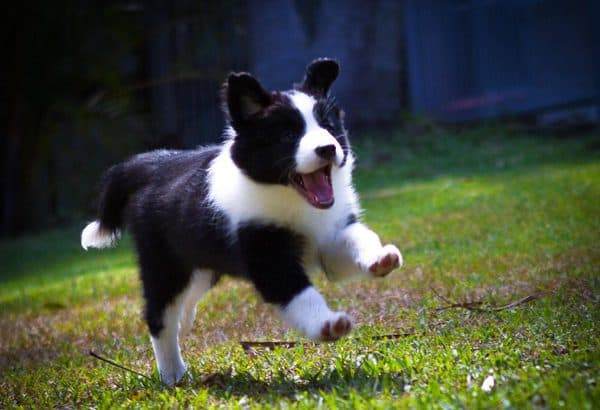
Do’s and Don’ts when training your puppy its name
Do’s
- You should always end the training session before your dog feels tired and loses its interest in the exercise. You want it looking forward to the training sessions together. The exercise is more effective and exciting if they are eager and looking forward to it.
- Always train your dog before feeding it to make it more motivated to get the tasty treats during the exercise. However, you should remember to account for the extra food in its daily portions to avoid overfeeding it.
- If more than one individual will be teaching your dog its name, ensure that everyone knows what to do, and utilizes the same technique.
- Calling the name of your dog in a happy and high-pitched voice so that it knows you are happy and you will make it easy for your puppy to give you attention. You should always avoid calling the name of your dog angrily.
- Ensure that you give a lot of praise together with the toy rewards or delicious treats, and always end every session of training on a positive note.
- Use your puppy’s name each time you talk to it and with all commands except STAY and NO.
- Always say the name of your pet once. Many people tend to repeat commands and names over and over again. That will only make the name irrelevant to the dog. Say the name once each time and make it count by always rewarding its attention.
Don’ts
Never associate the name of your dog with something negative
Try not to use the name of your dog to call it over for unpleasant things such as having its nails trimmed, crating it, or ending a walk. You have to call your dog, but avoid giving a negative experience after calling its name.
Don’t scold your dog or say NO! after calling its name
Never scold your dog after it comes to you, even if it takes a long time to respond. It’s important that the dog has a good feeling about the sound of its name. That will make it comfortable to give you its attention whenever you request it.
Do not change the name of your puppy or call it by a nickname
Do not overuse the name of your dog for fear since it will only become noise to the puppy, and it will start ignoring it. Every time you command your puppy, if you already have its attention, you don’t have to use its name, the command is enough.
Learn More With the Help of Video
Conclusion
Teaching a puppy its name might seem like lots of work, but you are not using the name of your dog like most others, you are going to use it properly and as a helpful tool.
The name of your puppy is used to get its undivided attention, and you can also condition it to give you attention regardless of the situation. That will enable you to control your dog better and more easily as well as train and guide it through life in a safer way.
Teaching your dog its name will condition it to think that calling it is generally the best thing in the entire world and always leads to incredibly amazing things with you. By training it, you can get your dog to stop and then give you attention at any time you want to communicate or bond with your pooch.
During training, you should also issue some commands to keep your dog safe at all times. For example, you can use these commands when you want to stop your dog when chasing a squirrel in a dangerous highway or some of the dangerous things in your household for dogs and babies.
In a nutshell, teaching your puppy, its name is fundamental for any future training. The first goal is to teach your pooch that when you say its name, it must stop whatever it’s doing immediately, turn and look at you.
With patience and consistent training, your dog will eventually comprehend that the sound it hears is their name. You can teach the puppy later that the sound of its name will always be followed by commands.
References
Table of Contents
